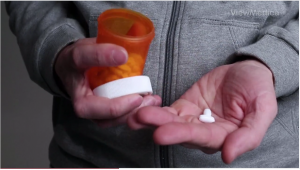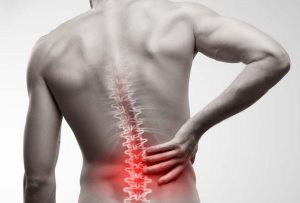Opioids are a possible treatment for chronic pain, but their use requires individualization, specified treatment goals, and patient education.[1] Your medical history, family history, and personal history of substance use all help determine whether opioids are safe for you to try.[2] People using opioids often face the additional burden of depression. If you’re in pain, it is easy to become depressed about it. Left untreated, this often hidden mental illness can make recovery even more difficult. The relationship between opioid abuse and depression is bi-directional, meaning that suffering from one increases the risk of the other.[3] Let’s take a few minutes to learn about this connection. Continue reading The Connection Between Opioids and Depression
Author: Chelsea
Why Pain Management is Right for You

Do you have pain that won’t go away? Are you wondering what the cause of your pain is? Have you tried other treatments and they haven’t worked? Do you want to stop or avoid taking opioid medications but find it difficult because you are in so much pain? Are you trying to avoid having surgery? We’ve heard these questions before and we know how frustrating chronic pain can be. However, there are options available! Interventional pain management is a branch of medical care that can help. Pain management specializes in pain control. Specialists in this field find the cause of your pain. They treat it at its source. This can give you a better quality of life.[1] This type of management for your pain can help you avoid expensive and invasive surgery. Keep reading to find out if interventional pain management is right for you! Continue reading Why Pain Management is Right for You
Managing Pain with Physical Therapy
Did you know that going to physical therapy could help manage your chronic pain? It can control your pain and help recover from injury or disease. It can help you get better after surgery. It can also help keep you healthy as you get older[1]. Physical therapy is a non-invasive and less expensive alternative to surgery or medications. It is a safe and effective way to treat pain using movement, hands-on care, exercise, and patient education. Continue reading Managing Pain with Physical Therapy
12 Things You Should Know About Migraines and How to Treat Them
If you have ever had a migraine, you know how debilitating they can be. A migraine is an intense, throbbing headache. They can cause nausea, dizziness, visual auras, and sensitivity to light and sound. Migraines can last hours, even days. Here are 12 things you should know about migraines and how to treat them: Continue reading 12 Things You Should Know About Migraines and How to Treat Them
Lower Back Pain Causes and Treatments
Did you know that experts estimate that up to 80% of the population will experience back pain at some point in their lives?[1] Lower back pain is a common problem that severely impacts the quality of your life. It can limit your ability to be active. Continue reading Lower Back Pain Causes and Treatments
Where Neck Pain Begins
Do you have pain in your neck and you aren’t sure why? Many adults suffer from neck pain at some point in their lives. Neck pain is a common problem that can severely impact your quality of life. It can limit your ability to be active. It can cause you to miss out on daily activities such as work, school, playing with your children or grandchildren, and more. Continue reading Where Neck Pain Begins
Living with Complex Regional Pain Syndrome (CRPS)
Complex Regional Pain Syndrome is a type of chronic, long-lasting pain. In most cases, it develops in an arm or a leg that you have previously injured[1]. CRPS causes severe pain and it may spread. Complex regional pain syndrome is uncommon. Treatment is most effective when started early. In such cases, improvement and even remission are possible[2]. Continue reading Living with Complex Regional Pain Syndrome (CRPS)
5 Exercises You Can Do at Home to Help Chronic Pain
Chronic pain can be debilitating and disheartening. A recent market research report states that more than 1.5 billion people worldwide(1) suffer from chronic pain. There are many ways to treat chronic pain but how do you know which path is best for you? Exercising is a cheap and effective way to help manage chronic pain. It has been proven that exercising at least a few times a week can help decrease pain and improve function, mobility, and mood. Here at Spinal Interventions, we encourage our patients to take part in active rehabilitation programs including diet and daily exercise. Before starting any exercise programs, make sure to consult your physician about what the best plan is for you. Continue reading 5 Exercises You Can Do at Home to Help Chronic Pain
DRG Stimulation: The Breakthrough CRPS Treatment Has Finally Arrived in the United States
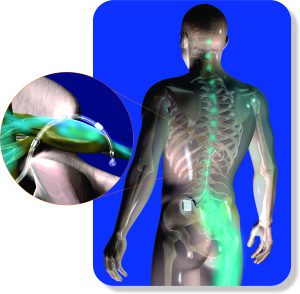
By Corey W. Hunter, MD
Most patients with CRPS can attest to the fact that many of the existing treatments for it are extremely limited. Recently, Ketamine moved into the spotlight and gave physicians and patients, alike, a great deal of hope that we were getting closer to an answer. Sadly, the data has been mediocre and insurance coverage remains a problem. Fortunately, there has been a substantial breakthrough in the understanding of CRPS and how to better treat it. Continue reading DRG Stimulation: The Breakthrough CRPS Treatment Has Finally Arrived in the United States
UCCU Partners with Spinal Interventions
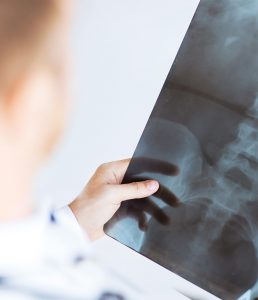
UCCU is proud to be the business banking partner for Spinal Interventions, a unique medical treatment center in Provo that provides advanced solutions for chronic pain. Continue reading UCCU Partners with Spinal Interventions
